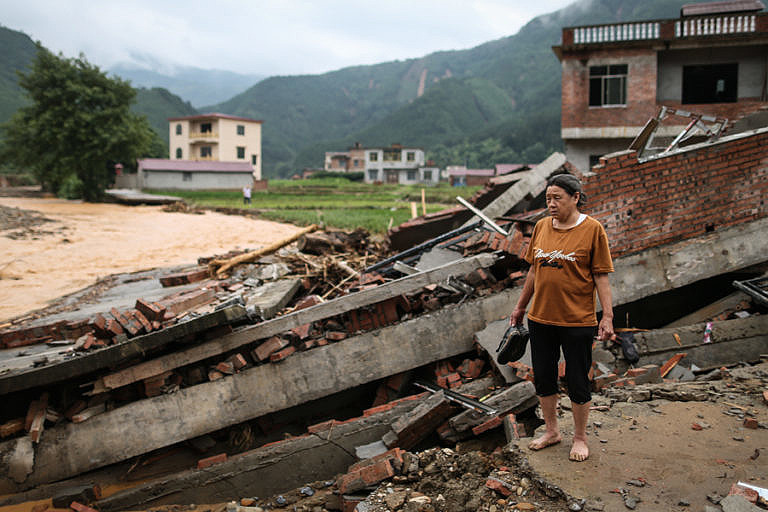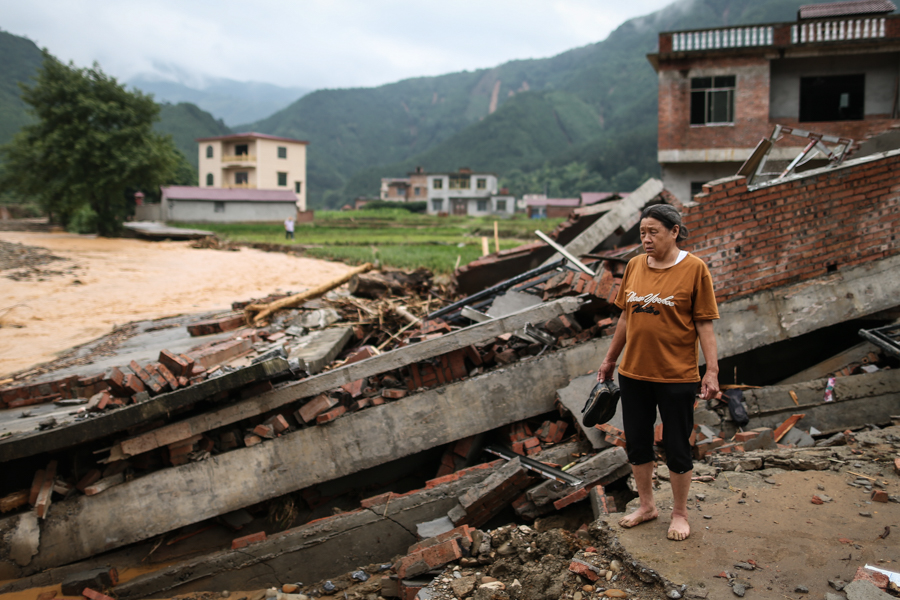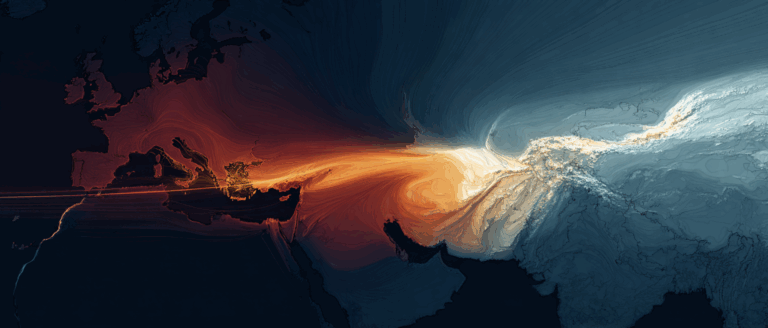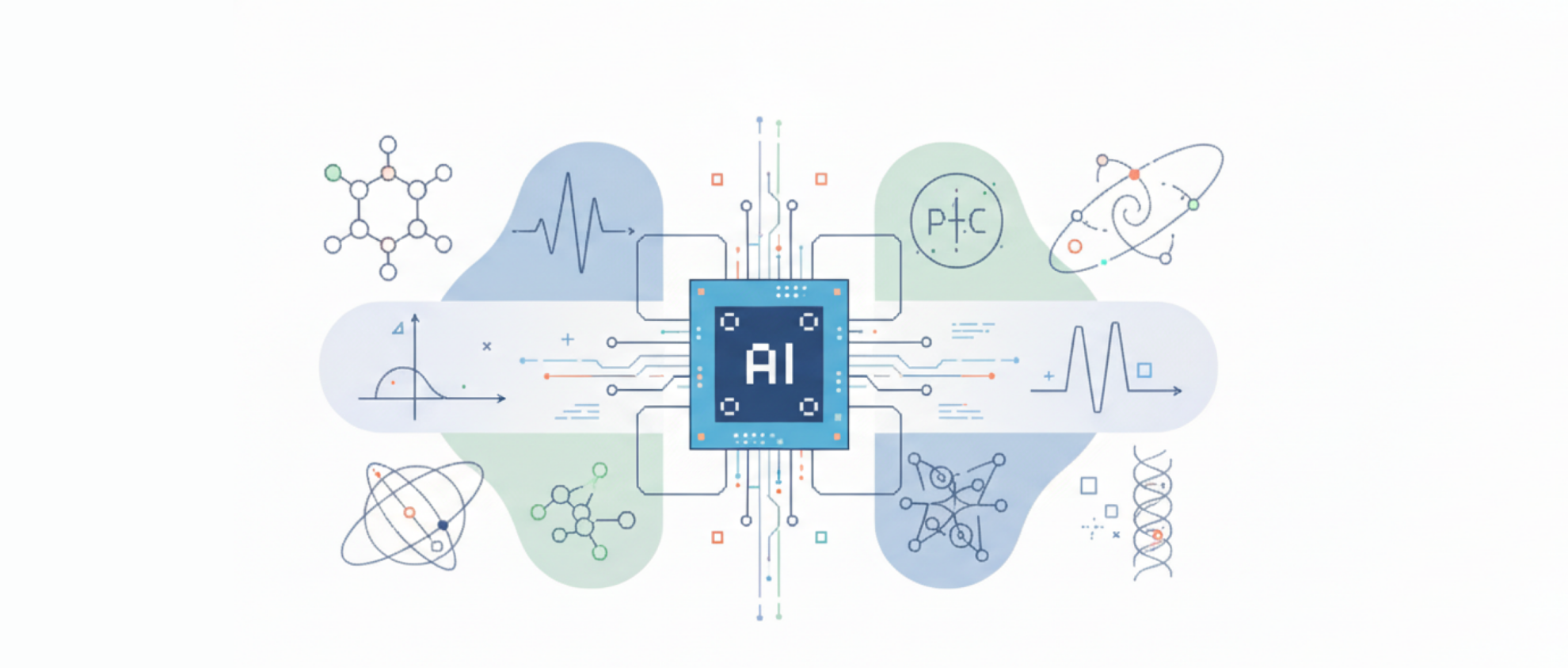22 Provinces Suffered Major floods. Can Machine Learning Predict Them in the Future?

Floods occur every year in human history and are one of the most serious natural disasters in the world. Although inevitable, if accurate forecasts can be made, the losses caused by floods can be reduced by one-third or more. Scientists have developed a machine learning system that can accurately predict the time and location of floods, and it is currently being used in India.
Floods are hitting again this summer.
Since June, my country has entered a comprehensiveflood season, severe rainstorms and floods occurred in some areas, and news about flood control and disaster relief appeared in the newspapers every day.
According to reports, during this year's flood season, Guangdong, Guangxi, Jiangxi and other provinces 22 provincesAs of today, the flood disaster has caused 6.75 million peopleAffected area of crops 623 thousand hectares, direct economic losses of about 10 billion.

In Jiangxi Province, which was severely affected, the number of people affected hasOver 2 million, collapsed houses 531 households, 1357 rooms, 1,063 houses of 508 households were seriously damaged; 4 stations exceeded the warning level, and 8 reservoirs exceeded the flood limit..
The flood is still going on, and there will be multiple rounds of heavy rainfall until mid-July. Relevant departments predict that in the next few days, Jiangxi may encounter a medium-sized flood that occurs once every ten years.The flood prevention situation will become more severe.

At the same time, the Midwest of the United States, Iran and other places are also suffering from severe floods, and the death toll continues to rise.
In response to this, many places in our country have urgently launched emergency responses, and fire rescue brigades have also rushed to the disaster area to carry out rescue operations.
However, in the face of natural disasters, human power always seems insignificant. Fortunately, we can now use scientific weapons toAccurate forecast and warning, minimizing the losses. Fire rescue personnel will no longer have to risk their lives to rush to the front line.
Floods: A long history, a global phenomenon
Floods are one of the most serious natural disasters in the world.Floods happen every year in human history. There are many stories about flood disasters all over the world, and the story of Noah's Ark is one of them.
According to the Bible, in order to escape the flood disaster caused by God, Noah and his family spent 120 years building Noah's Ark. When the flood came, only Noah's family and the lives in the Ark survived.

In reality, we don’t have Noah’s Ark, flood disastersIt kills tens of thousands of people and displaces hundreds of millions of people every year.Flood disasters are often caused by heavy rains invading rivers, lakes and reservoirs, leading to flooding. Other causes include undersea earthquakes, hurricanes and dam collapse.
Floods often occur in areas with dense populations, high agricultural cultivation rates, concentrated rivers, lakes, and abundant rainfall, such as the warm temperate zones and subtropics in the Northern Hemisphere.China, BangladeshIt is the region in the world where flood disasters occur most frequently.

According to historical statistics, my countryOn average, flood disasters occur once every two years.. In history, floods have entered Beijing five times and flooded Tianjin eight times.About two thirdsFlood disasters of varying degrees and types exist in all areas of the country.
Every summer, many provinces in the south experience heavy rainfall such as rainstorms and torrential rains."Viewing the sea from the city"Scenarios like these are no longer uncommon. Urban waterlogging and flood emergency disaster reduction are difficult problems that residents and managers face together and strive to solve.

Floods may seem calm, but they are actually fierce. Before every flood, too many people are not well prepared due to insufficient information, and their lives are taken away by the ruthless flood in an instant.
Like natural disasters such as earthquakes, floods are by their very nature unpredictable and unavoidable. However, if weAccurate forecast, can minimize the losses. According to some research results, the early warning system can reduce the death and economic losses caused by floods.Reduced by more than one third.
Machine learning system: Accurate forecasting and prevention of floods
Researchers from Google, the Technion-Israel Institute of Technology and Bar-Ilan University have developed a method to detect and treat cancer using artificial intelligence and powerful computers.A machine learning system that accurately predicts river flooding.

Paper link: https://arxiv.org/pdf/1901.09583.pdf
These predictions useMachine learning, rainfall records, and flood simulationsIn the machine learning model, various elements are added——fromHistorical events to river level readings to the topography and elevation of a particular area.Based on these elements, they generate maps and run up toHundreds of thousands of simulations.
Combining this information, they created river flood forecasting models that can more accurately predict not only when and where floods will occur, but also the severity of the events.
(The left side is public data, the right side is Google system simulation)
“Large-scale, effective river flood forecasting is hampered by multiple factors, most notably the reliance on manual calibration, which is laborious and time-consuming, the limited amount of data available at specific locations, and the computational difficulty of constructing…” the team wrote.The model is accurate enough.Machine learning is extremely useful in this context: learned models can often outperform human experts in complex, high-dimensional scenarios.”
As the paper points out, one of the biggest challenges in building flood prediction models isParameter calibrationThis is an optimization process designed to match the algorithm’s predictions to some baseline measurement. Traditional methods involve manual work, and the resulting modelsAlthough it performs well, it is not generalizable.
In fact, in the field of flood forecasting, there have been many attempts at automation, but they have not been able to achieve a level of accuracy and reliability sufficient for use in operational systems. Therefore, practical applications are limited to semi-automated processes involving manual intervention or interaction.

Machine learning is well suited to overcoming the above limitations.Because many of the core challenges in hydrological models lie in automatic calibration, which is where machine learning excels. Most large machine learning systems now replace and improve upon previous, inferior systems based on manual calibration.
The researchers overcame some of these obstacles by using real-time measurements of river levels and short-term forecasts, from which their model produces aFlood Map(A map showing where water levels are likely to occur) Estimate the extent of the predicted flooding.
They say that based on alerts generated during the 2018 monsoon season, the forecasts were accurate to 300 mThe resolution exceeds 90% and 75% recall and precision.

It’s not a perfect model, due to the high computational cost of physics-based simulations and the inaccuracies caused by errors and biases, but the team believes that machine learning techniques are key to improving predictions in future work, and that better models can be learned with a wider range of data.
They also believe that recent advances in inductive transfer, transfer learning, and multi-task learning can overcome the difficulty of learning effective models from multiple related sources, and that these techniques could one day be used to predict events that are not simulated by physical models, such as snowmelt and river flow.
These results will eventually enter Google'sGoogle Public Alert Program,The program notifies users of apps like Google Search, Maps and Google News about ongoing or impending natural disasters such as hurricanes, volcanic eruptions, tsunamis and earthquakes.

Currently, government agencies from the United States, Australia, Canada, Colombia, Japan, Taiwan, Indonesia, Mexico, the Philippines, India, New Zealand and Brazil are participating in the project.
“We believe that machine learning can improve the quality of multiple components,” the researchers said. “To achieve this goal, we are collecting, organizing, and combining data from different sources.Open Datasetsto make this problem more accessible to the machine learning community.”
Floods are inevitable, but their damage is avoidable
Floods are still wreaking havoc in various places, but scientists are working day and night to study ways to combat them. Natural disasters are inevitable, but human life and property can be protected from disasters if they are properly forecasted.
I hope that when the next flood comes, what we see is not firefighters rushing to the front line, but AI making timely forecasts for us, and people evacuating in advance to minimize the flood disaster.





